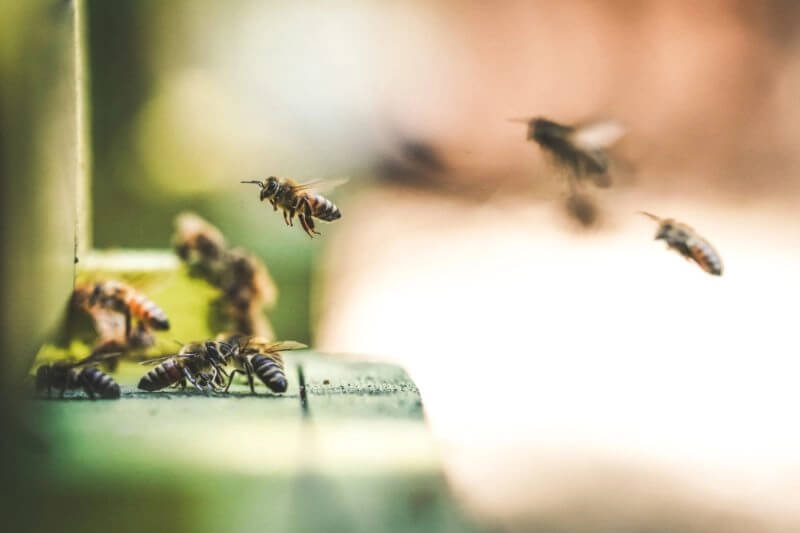Common Wasp Species
There are various species of wasps found throughout the United States and these stinging insects are rightfully feared nationwide. Although they look similar to honey bees, wasps are much more aggressive and their sting is very painful. Unlike bees, wasps can (and will) sting multiple times if threatened. Though there are numerous species, most wasps are identified by black and yellow banding and slender abdomens. It takes a pest control professional to correctly identify unique species, so never try to get too close. If you suspect a wasp infestation, it’s best to call on a professional for wasp control.
Some common wasp species found in the United States include:
Yellow Jacket
Considered one of the most aggressive wasp species, yellow jackets are certainly not a pest you want building a nest in your backyard. If threatened, yellow jackets will pursue the threat and sting repeatedly. While one sting is typically harmless (yet painful), multiple stings increase the likelihood of a dangerous, potentially fatal, allergic reaction. Yellow jackets typically make their nests in trees, shrubs or protected areas in homes like gutters.
Hornet
Similar in appearance to yellow jackets, hornets are the largest wasp species. They typically build nests in trees, shrubs and underground cavities. The distinct chemical make up of wasp venom makes their stings particularly painful. Like yellow jackets, if threatened they will pursue and repeatedly sting their victim. Disturbing a nest could lead to hundreds of stings and a potentially life-threatening allergic reaction.
Paper Wasp
This wasp species has darker colorings than both hornets and yellow jackets and a slightly longer body. Their name comes from their preferred nest-building material. Paper wasps gather material from wood and plants, which they mix with their salvia to create a papery-like substance to build their nests. While not nearly as aggressive as hornets or yellow jackets, paper wasps will still sting if threatened. They are venomous like many other wasp species and their sting is painful and can cause a potentially fatal allergic reaction.
Mud Dauber
Another wasp species named after its nest, mud daubers build uniquely shaped homes with mud. This species is not social and each nest usually only contains one mud dauber and its recently laid eggs. With a long and slender body, mud daubers are distinctive from other wasp species. They are not aggressive and rarely sting. Erratic behavior is the mud dauber’s first defensive technique, but if this wasp feels especially threatened it is not afraid to use its stinger. Expect a painful sting that can lead to an allergic reaction in sensitive individuals. As mud daubers are not social wasps multiple stings are unlikely. The biggest problem that mud daubers can cause is the nest they leave behind. This thin little wasp commonly abandons its nest and other, more aggressive wasp species have been known to take over these empty nests and establish colonies.
Wasps can cause structural damage to your home and are potentially deadly. No matter the type of wasp species, their presence should always be considered dangerous. We never recommend DIY wasp nest removal as wasps are most likely to attack when their nest is disturbed. Professional wasp exterminators have the proper safety gear and pest control products necessary for wasp removal. If you suspect a wasp infestation, keep yourself and your family safe by contacting a pest control company like Saela.
